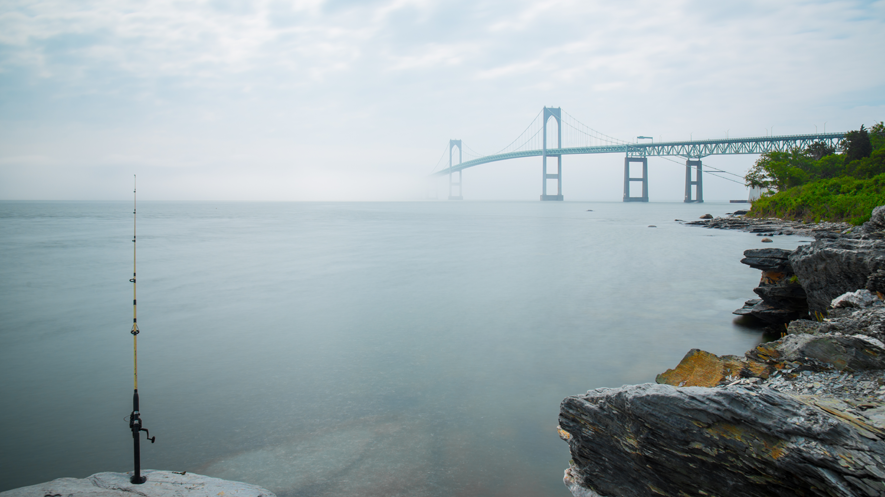BOEM has released a new report titled Socio-Economic Impact of Outer Continental Shelf Wind Energy Development on Fisheries in the U.S. Atlantic.
BOEM worked with the National Marine Fisheries Service to better understand fishing activity as it relates to areas of potential offshore wind energy development. The report will inform BOEM's decision-making related to future offshore wind energy development by identifying potentially affected fisheries that may require additional information and analysis.
Commercial and recreational fisheries play a significant part in the U.S. economy and food supply. In 2011, U.S. landings by U.S. commercial fishermen totaled $5.3 billion in revenue and 4.5 million metric tons. Commercial harvesting alone employed over 186,000 individuals across the U.S. In 2011, 11 million recreational saltwater anglers caught an estimated 345 million fish during over 69 million trips nationwide (NMFS 2012). The nation’s fisheries operate alongside a variety of other ocean uses including transportation, natural resource extraction, and energy production. This report assesses the potential impacts to these fisheries and their shoreside dependents from wind energy development on the Atlantic Outer Continental Shelf (OCS).
The analysis was conducted by the National Oceanic and Atmospheric Administration (NOAA) National Marine Fisheries Service (NMFS) for the Bureau of Ocean Energy Management (BOEM). BOEM is responsible for managing activities associated with development of Wind Energy Areas (WEAs) on the OCS. Under the National Environmental Policy Act (NEPA) and other legislation, regulations, and executive orders, BOEM is required to assess the potential impacts of WEA development. BOEM will use the report to inform decision-making related to leases on the North and Mid-Atlantic OCS; help interested stakeholders understand how the report data were developed and what they say; identify areas that require refined data analysis; and conduct an environmental assessment under NEPA.
The area covered in the report extends from Massachusetts to North Carolina and includes eight wind energy planning areas, some of which were leased and some of which were still in earlier planning stages at the time of the analysis (in 2013). All eight areas are generally referred to as WEAs in the report. Both exposure to WEA development and the potential associated impacts are assessed for individual WEAs and cumulatively across all eight WEAs. Exposure identifies the individuals and groups likely to be affected by WEA development, while impact analysis estimates the magnitude and direction (gain or loss) of the WEA’s impact on those potentially affected individuals and groups.
Exposure is defined as the potential for an impact from WEA development. Therefore, the exposure measures presented in the report do not measure economic impact or loss. Rather, they set the foundation for the impact analysis by identifying who may be impacted.
Exposure results for commercial and recreational fisheries and their shoreside dependents are presented in the report. These results describe the magnitude of resources that could potentially be impacted by WEA development. The full report is available for download at Volume 1 and Volume 2.





